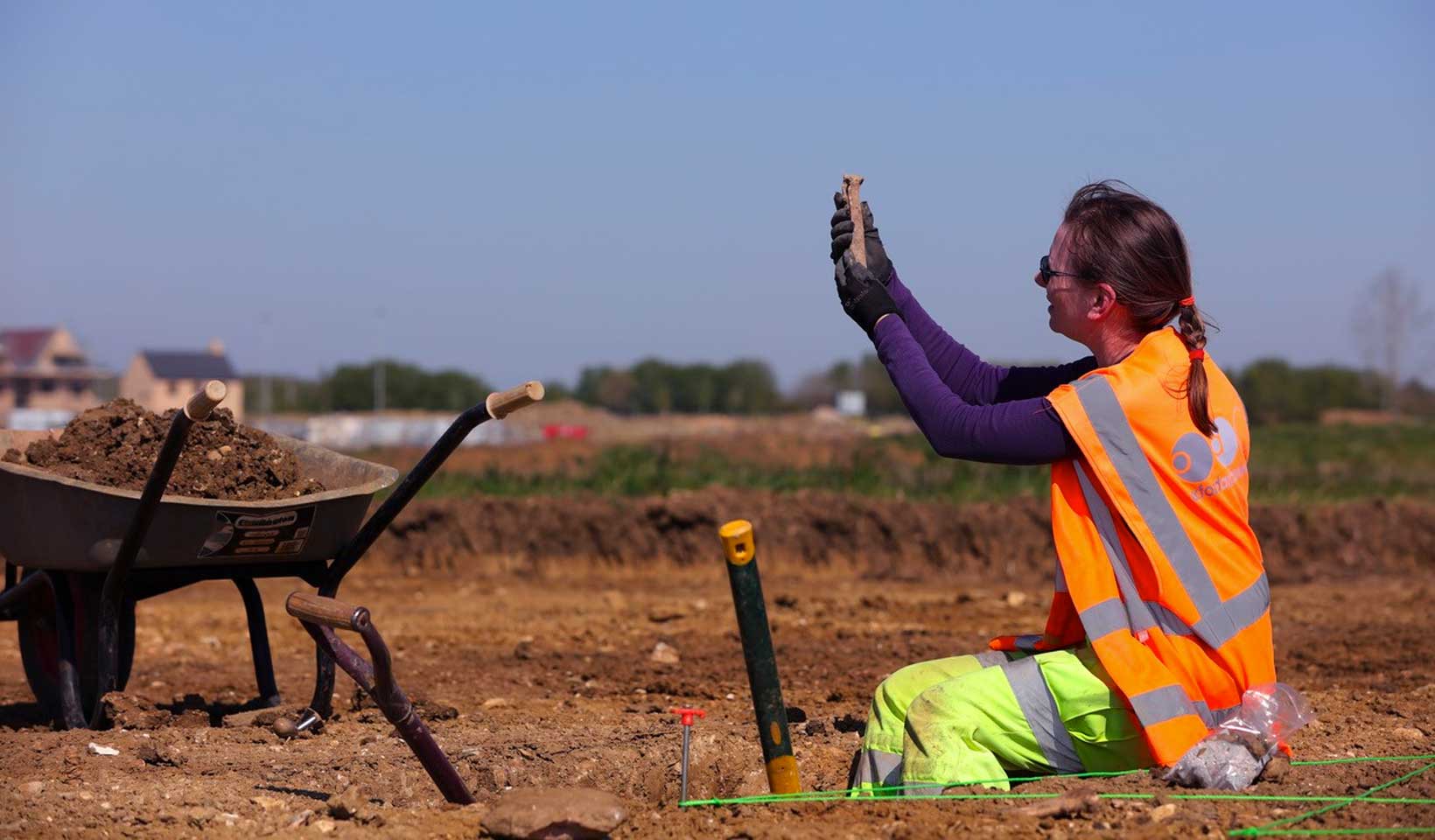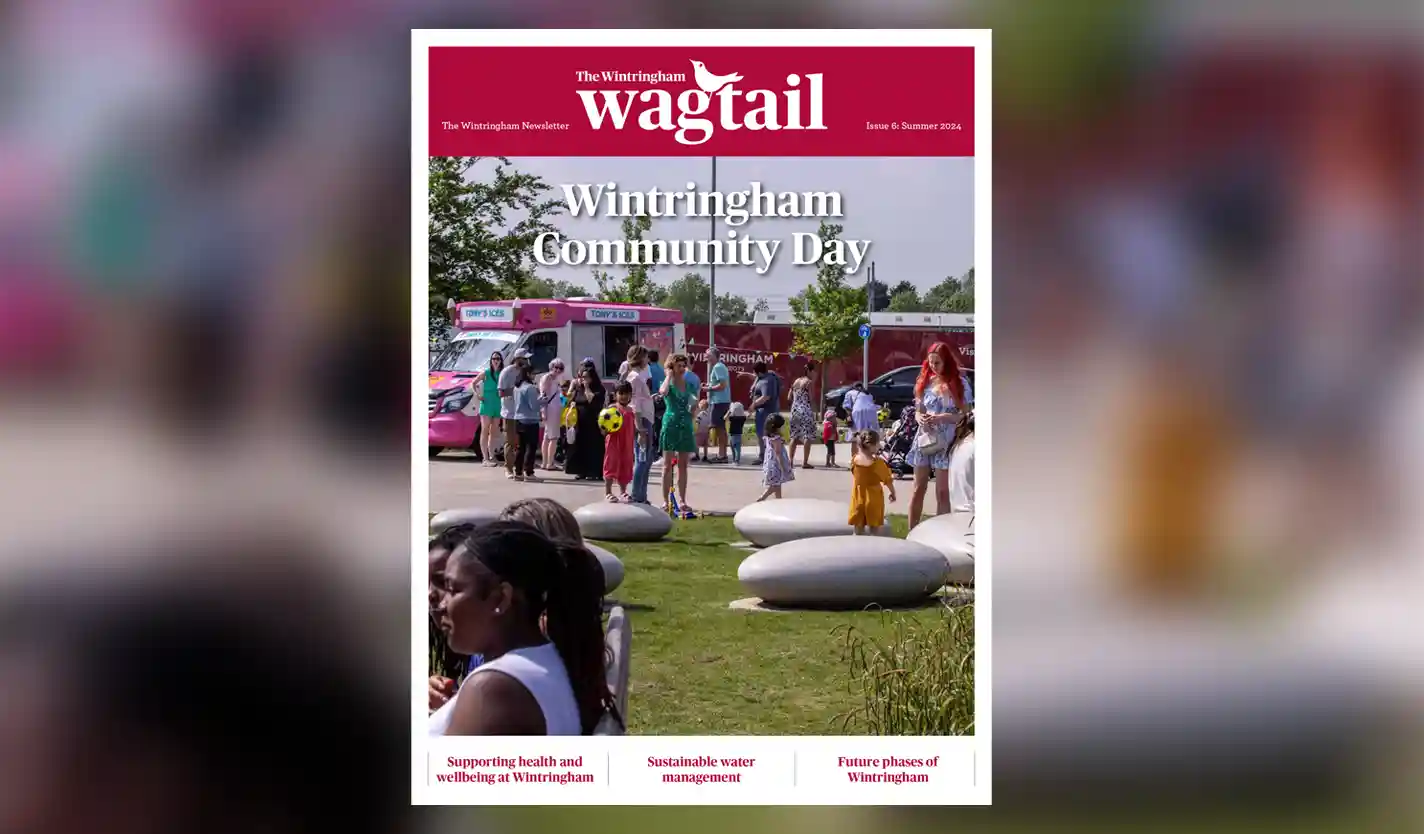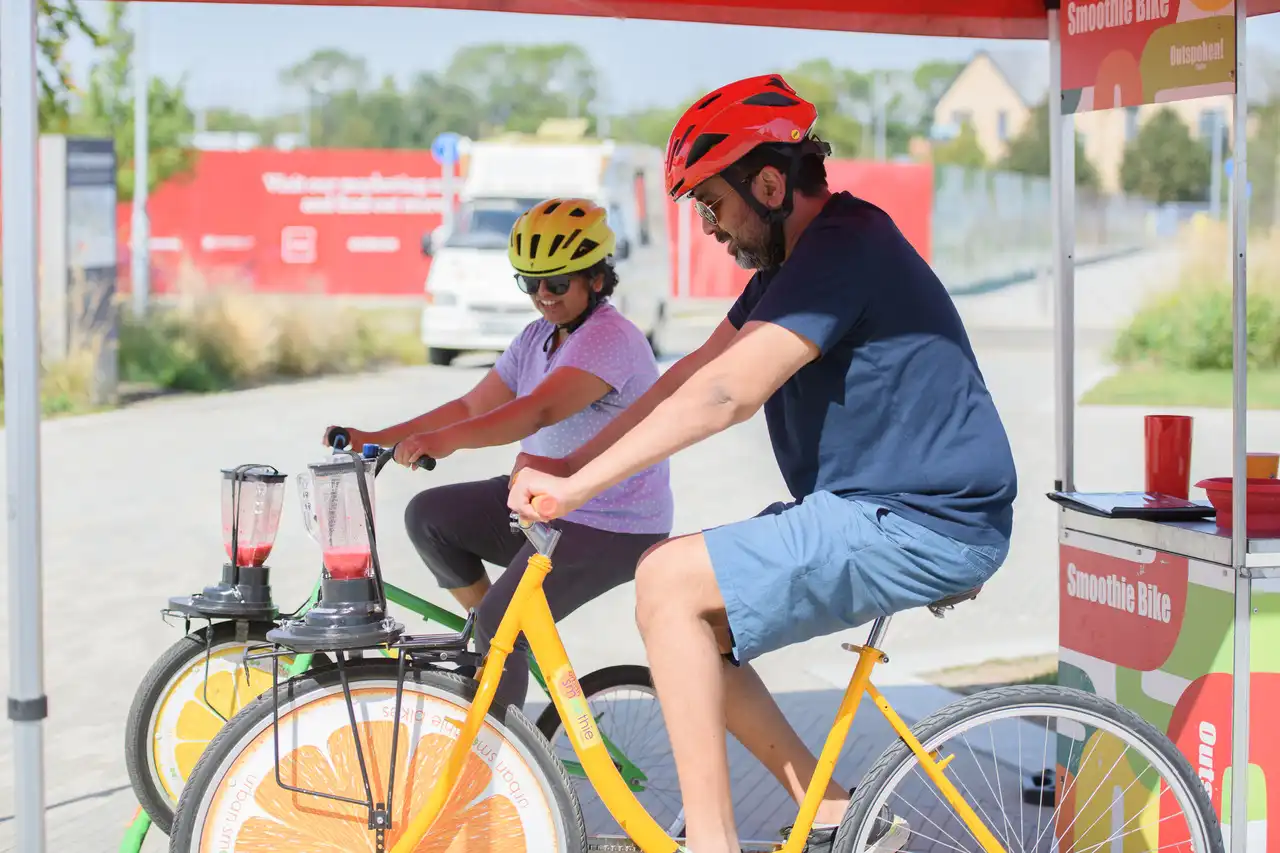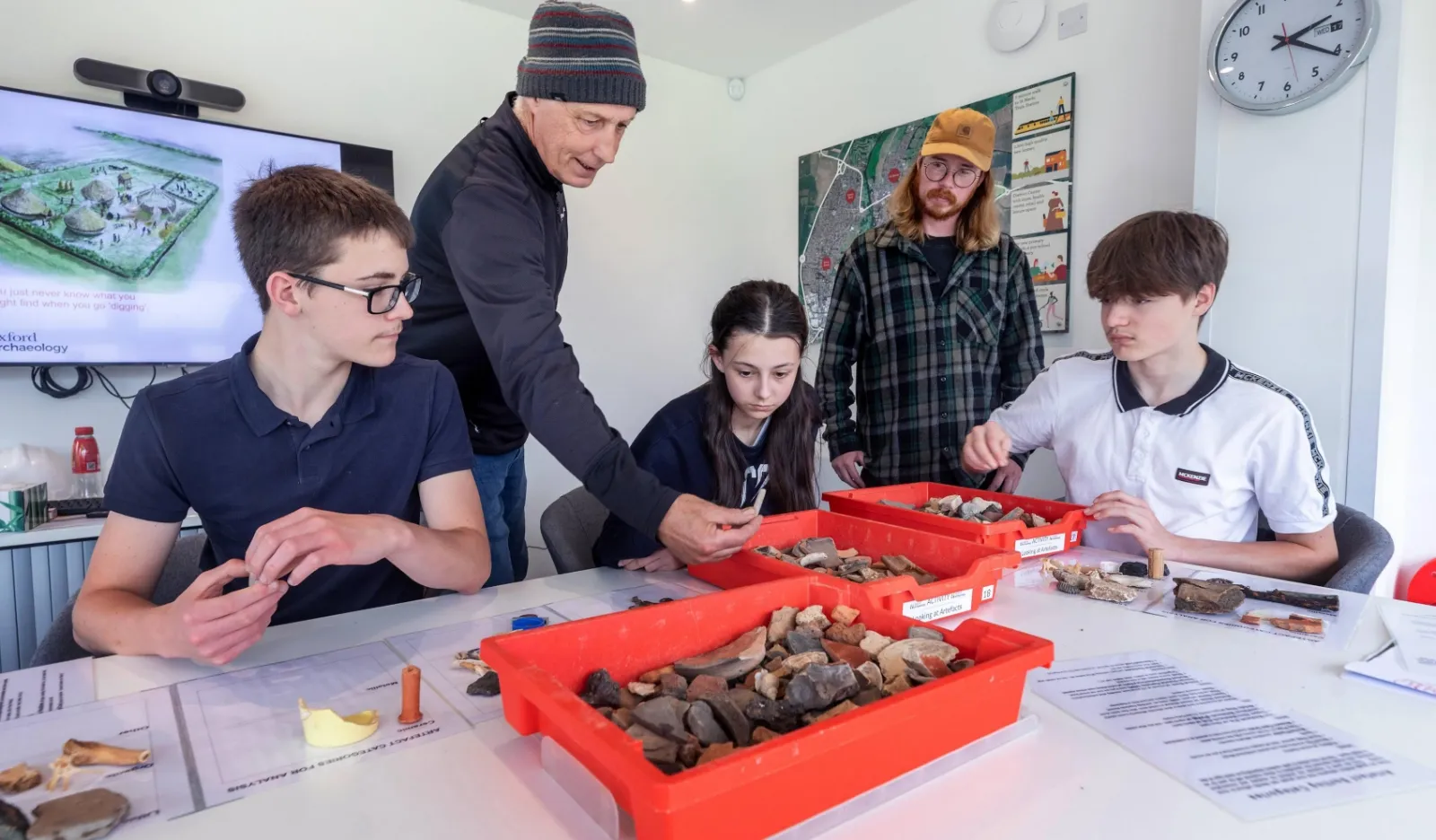
As part of the site preparation work at Wintringham, extensive archaeological investigations have been carried out. This will help understand how pre-historic residents would have lived there and ensure their story is reflected in the design and features of the new development. This is particularly evident in the design of the new primary school; a round, timber building that pays tribute to the roundhouses of Wintringham’s earliest Iron Age settlers.
Due to the nature of its work and the ability to social distance, Cambridge-based Oxford Archaeology East has been able to continue to work at Wintringham through the Coronavirus pandemic. It has opened up around 85% – 10.5 hectares – of Phase 1 of the development and unearthed a vast array of discoveries, mostly from the Iron Age period.
The Iron Age marks a significant milestone in human history as the discovery of iron, and how to use it to create tools, transformed lives. The ability to make tools made farming easier than before and settlements started to grow in size. A standard Iron Age roundhouse would have been a circular building (usually 10-15m in diameter) with a conical thatched roof; the ultimate open plan living with life revolving around a central open-hearth fire used for warmth, light and cooking.
Seventeen roundhouses have been found at Wintringham so far and there is evidence of animal enclosures to support farming the area. Current understanding is that the centre of the site experienced intensive activity in the Middle to Late Iron Age (400-50BC), with successful farmsteads being replaced or extended by subsequent generations.
Dr Matthew Brudenell, Senior Project Manager for Oxford Archaeology East, said: “It’s unusual to see people settling in one place, claiming a plot and staying there for generations during the Iron Age. Iron tools would have made the heavier clay soils prevalent in the area easier to work, and the brooks and good pastural land on either side provided water and grazing for livestock.
“It takes real detective work, with evidence and interpretation working together to explore what happened such a long time ago. As the project progresses, we’ll have a better understanding of the inter-relationship of buildings and hopefully ascertain if paired structures formed part of a household group, potentially with a communal living block and separate sleeping block.
“Our work at Wintringham, along with our discoveries at Loves Farm and the A14, helps put the jigsaw together and provide a much bigger picture of the past. Our Iron Age ancestors would have led a largely self-sufficient life, however, it is possible that they would have traded with adjacent settlements and we are now starting to piece together how people would have interacted with neighbours and get a broader sense of how Iron Age farming communities lived and worked.”
Although there have been no standout finds so far – and there are not likely to be many from this period – the findings are helping the developers to gain a better understanding of the site’s heritage and how this can be reflected in the new community at Wintringham.
Rebecca Britton, Head of Communities and Partnerships for Urban&Civic, said: “It is fascinating to understand how our ancestors would have lived here and we’re keen to ensure this heritage is reflected in the new development. Whether this is in the design of the buildings like the new primary school that plays homage to the Iron Age roundhouses, or through street names and public art, it’s important to remember our roots and to connect new residents with the history around them.”
Although archaeology has been able to continue on site under Coronavirus restrictions, plans for the community outreach programme had to be put on hold for a while. However, as the findings are fully researched and put into full historical context, Oxford Archaeology East and Urban&Civic will explore opportunities to engage local schools and community groups so they can find out more and get involved in a safe way; looking at video and online tools to capture the finds and the heritage story that is being pieced together.
There will also be further archaeological investigations as the development of Wintringham progresses in the years to come. It is expected that these will include further Iron Age and Roman farmsteads, which will help create an incredible picture of life in early settlements across the area.



